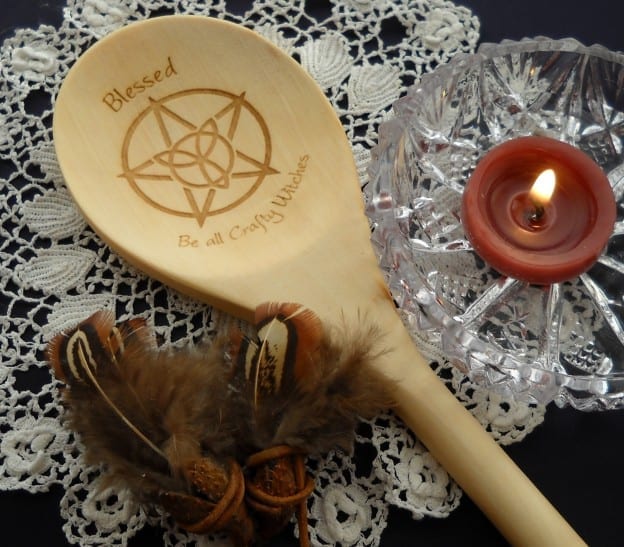For over 15 years of my life I was a chandler, I produced my own line of candles, did private labeling and taught classes. I still teach although I no longer have a workshop and at this time of the year I miss being able to melt wax, wick molds and play with scent and colour just for me and this special day on the wheel of the year.
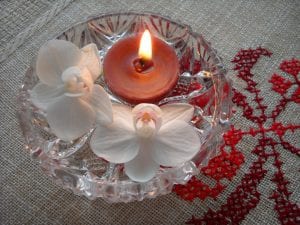 From my perspective, there is no need for anyone to be a practicing pagan to appreciate the sharing and stories of these festival days. It is about a relationship with our roots, an understanding that without the bounty the planet makes available to each and every one of us, we would not be here; an honouring of our physical source.
From my perspective, there is no need for anyone to be a practicing pagan to appreciate the sharing and stories of these festival days. It is about a relationship with our roots, an understanding that without the bounty the planet makes available to each and every one of us, we would not be here; an honouring of our physical source.
For those of you not familiar with this calendar. There are eight festivals days that relate to an agrarian relationship with the planet. Four are the solstices and equinoxes, times of balance and extremes that divide the year. There are also four days that fit in between, cross quarter days. Imbolc, celebrated also as Candlemas and by several other names is the festival day between the Winter Solstice and the Spring Equinox.
I happen to live in a place with very similar weather patterns to Europe, the source of the Celtic Calendar. I get to watch the same things happening around me that would have happened on the British Isles 1000 years ago. Goats and cows are heavy with new life, early bushes and trees are budding, and land is being turned for fresh planting. We are moving out of the place of “hibernation” when the northern hemisphere rested and are getting ready to begin again.
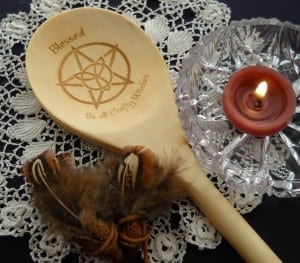 Candles come into play from a variety of perspectives at Imbolc. Yes, the days are getting longer but the nights still take the majority of a 24 hour cycle. We may not live in a time where fire, lamps and candles are our only sources of light but it would be understandable that people, using the available resources would choose candles to represent the strengthening light both as the sun in the sky and the son born at Yule in the myths, legends and traditions of the Olde Country.
Candles come into play from a variety of perspectives at Imbolc. Yes, the days are getting longer but the nights still take the majority of a 24 hour cycle. We may not live in a time where fire, lamps and candles are our only sources of light but it would be understandable that people, using the available resources would choose candles to represent the strengthening light both as the sun in the sky and the son born at Yule in the myths, legends and traditions of the Olde Country.
Brigid, the Goddess associated with Imbolc is a Fire Goddess so the element of fire is connected to her celebrations. There is a newly rekindled eternal flame in Kildare to replace the one extinguished by order of Queen Elizabeth I.
Brigid is also the Goddess of livestock, poetry and craftsmanship. All things hand made fall under her domain.
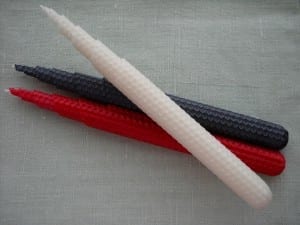 Brigid is a Triple Goddess, which means she can represent Maiden, Mother or Crone, at different times of the year. Spring time is for maidens and a white candle would be appropriate to honour Brigid now. Red is the colour of Mother and Black represents Crone.
Brigid is a Triple Goddess, which means she can represent Maiden, Mother or Crone, at different times of the year. Spring time is for maidens and a white candle would be appropriate to honour Brigid now. Red is the colour of Mother and Black represents Crone.
One of the traditions of Imbolc is the gathering of all the candles in the house into one space, where they are all lit. Another option is to light a candle in each room. In some areas, candles are lit in circle or church and a flame is then taken home to relight the candles there. Seeds are also blessed before being sown, making grains, both seeds and flours another symbol of Imbolc
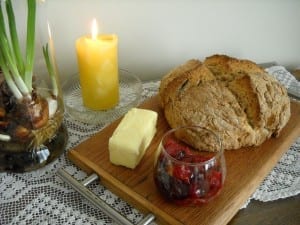 This festival has also been incorporated into the Christian calendar and Candlemas is celebrated as a time of purification.
This festival has also been incorporated into the Christian calendar and Candlemas is celebrated as a time of purification.
So whether you are male or female, buy your candles or make them yourself; whether you are on your own or in a group, I would encourage you to make time to clean and clear your sacred space, both the temple you are graced to live in and the place you call home and to welcome back the light with candles.
Imbolc Blessings.

